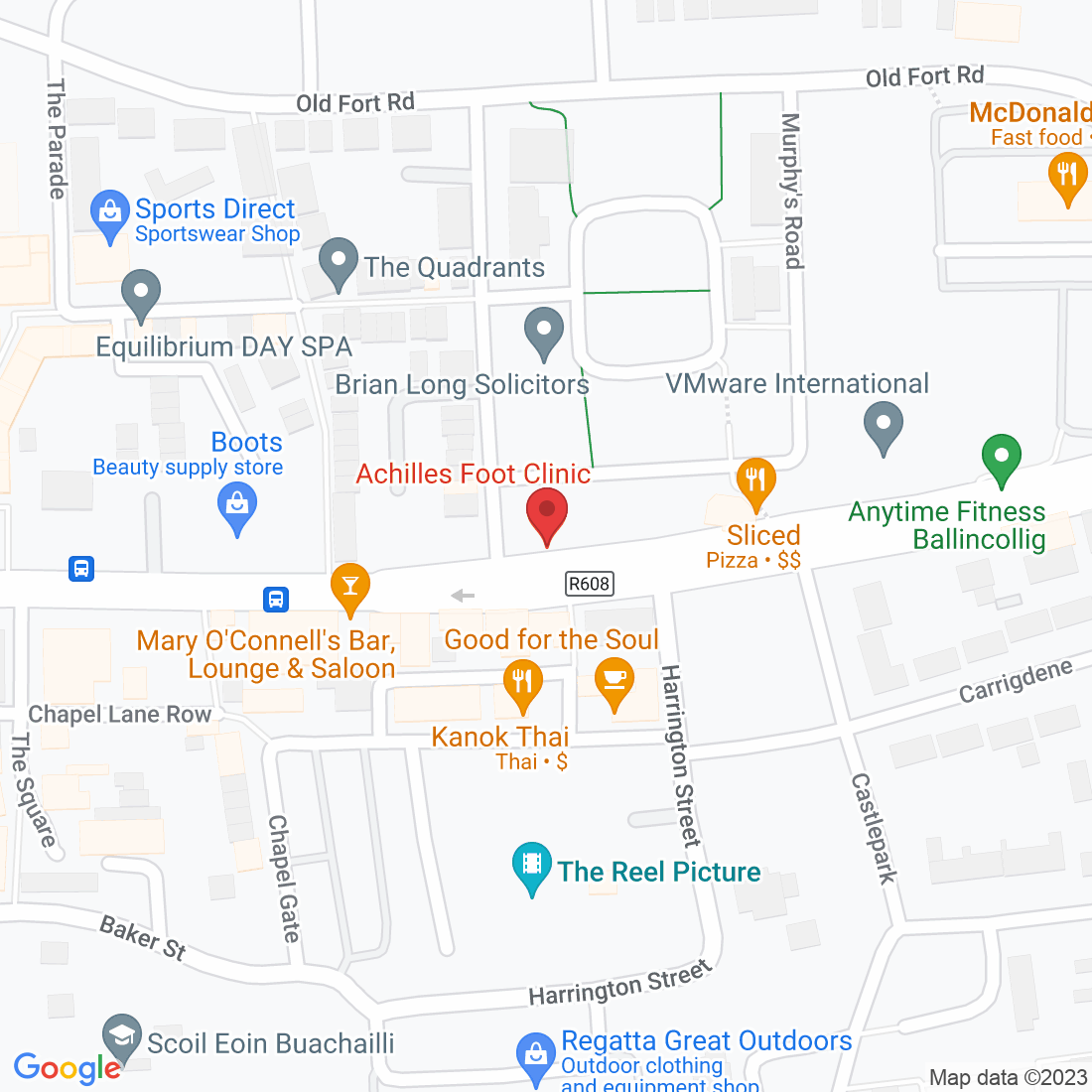
We have all been there, neglected a niggle in our foot and told ourselves that it would probably go away. Weeks have passed, even months, and it’s only getting worse. Then finally, when we are hobbling around barely able to walk, we decide to seek help…
Well, at Achilles Foot Clinic, we are here to help you.

Tarsal Tunnel Syndrome: When Foot Nerve Pain Won’t Quit
Have you ever felt a burning, tingling, or numb sensation along the inside of your ankle or the bottom of your foot that just won’t go away? If that sounds familiar, it might not be a simple sprain or overuse injury. You could be dealing with something called Tarsal Tunnel Syndrome — a condition that affects a nerve in your foot and can cause ongoing, uncomfortable pain.
It’s not as commonly talked about as plantar fasciitis, but it can be just as painful — and just as treatable.
What Is Tarsal Tunnel Syndrome?
Tarsal Tunnel Syndrome (TTS) happens when a nerve called the posterior tibial nerve gets compressed or squeezed inside a narrow space near your ankle known as the tarsal tunnel. This tunnel runs along the inside of your ankle, and when things get tight in there, the nerve can become irritated or pinched.
When this happens, you might feel burning, tingling, numbness, or shooting pain on the inside of your ankle, in your arch, or along the bottom of your foot. Some people even say it feels like an electric shock or pins and needles. The discomfort might come and go — or it might hang around all day.
How Is It Different from Plantar Fasciitis?
This is a question we hear a lot in the clinic. The two conditions both affect the foot and can cause pain near the heel, but there are some big differences.
Plantar fasciitis usually causes a sharp, stabbing pain in the heel, especially when you first get out of bed in the morning or after sitting for a while. The pain tends to improve a bit once you get moving.
Tarsal Tunnel Syndrome, on the other hand, often comes with burning or tingling sensations, and it doesn’t necessarily feel better with walking. In fact, it might get worse the more you're on your feet. It’s also more likely to affect the inside of your ankle and feel like nerve pain instead of muscle or ligament pain.
What Causes Tarsal Tunnel Syndrome?
There are a few different things that can lead to TTS:
Flat feet – These can stretch the nerve too much and cause irritation.
Swelling or injury – Things like ankle sprains, arthritis, or inflammation can crowd the space in the tunnel.
Medical conditions – Diabetes or conditions that affect nerves can increase your risk.
Growths – Varicose veins, cysts, or bone spurs can take up space in the tunnel and compress the nerve.
In some cases, there’s no clear cause, but the symptoms are very real.
How We Treat It at Achilles Clinic
The good news is that most people with Tarsal Tunnel Syndrome don’t need surgery — there are several non-invasive treatments that can make a big difference.
Supportive footwear and custom orthotics are often the first step. If flat feet or poor arch support are contributing to the problem, getting your foot properly supported can relieve pressure on the nerve.
Exercises and physical therapy can help strengthen the muscles around your ankle and improve flexibility, which also helps reduce nerve pressure.
Anti-inflammatory treatments, including ice, rest, and sometimes medication or corticosteroid injections, may be used to bring down any swelling that’s adding to the problem.
In some cases, we may use laser therapy to help calm irritated tissues and promote healing.
Surgery is very rarely needed, but it’s an option if all else fails. It involves opening the tarsal tunnel and releasing pressure on the nerve.
When to Seek Help
If you’re dealing with pain in your foot that feels like burning, tingling, or numbness — especially around the inside of your ankle — don’t ignore it. Nerve pain typically doesn’t go away on its own and can get worse over time if it’s not treated.
The earlier you get it looked at, the better your chance of avoiding long-term damage and getting back to walking comfortably.
Final Thoughts
Tarsal Tunnel Syndrome can be sneaky. Because it shares some symptoms with other foot problems, it’s often overlooked at first. But if your pain feels more like nerve trouble than muscle strain — or if you’re noticing pins and needles, zapping pain, or numbness — it’s worth getting it checked.
At Achilles Clinic, we’re here to help you understand what’s going on and guide you to the right treatment. We believe in treating people first, not just symptoms. And we’re always just a call away.
Ask Lorcan And His Team
Fill in the form to request a Call From Our Team
Fill in the form to request a Call From Our Team
One of our team will call you for FREE and answer any questions or concerns you may have about Bunions.
One of our team will call you for FREE and answer any questions or concerns you may have about your uncomfortable Bunions.








